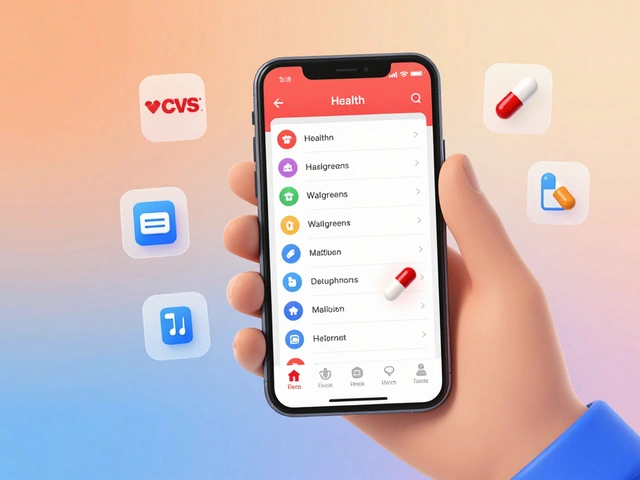Lasix alternatives: real options for fluid control and fewer side effects
Tired of swelling, low potassium or dizzy spells from Lasix (furosemide)? You’re not stuck. There are other drugs and simple strategies that can control fluid without the same downsides. Below I’ll walk through common medication swaps, when they’re used, and practical safety tips you can raise with your clinician.
Drug alternatives — what doctors commonly choose
Thiazide diuretics (hydrochlorothiazide, chlorthalidone). These work well for mild fluid retention and high blood pressure. Chlorthalidone often lasts longer than HCTZ and may control blood pressure better for some people.
Other loop diuretics (bumetanide, torsemide). If Lasix causes too much upset or doesn’t work well, torsemide or bumetanide can be tried. They work like Lasix but can feel different for patients and may have more predictable absorption.
Potassium-sparing diuretics (spironolactone, eplerenone, amiloride). These help when low potassium is a problem or when you need mild fluid loss plus potassium conservation. Spironolactone is frequently used in heart failure and cirrhosis-related fluid buildup.
SGLT2 inhibitors (empagliflozin, dapagliflozin). These diabetes drugs also reduce fluid and have heart-failure benefits in some patients. They’re not a direct substitute for Lasix in every case, but your doctor may add them to reduce fluid and improve outcomes.
Non-drug strategies and practical tips
Diet and sodium. Cutting salt often lowers swelling. Aim for small, consistent reductions—too sudden a change can be hard to keep up. Read labels and skip high-sodium processed foods.
Fluid and weight tracking. Weigh yourself daily if you have heart failure. A 1–2 kg gain in a day or two can flag fluid buildup early. Report trends to your care team so doses can be adjusted before problems start.
Compression stockings and leg elevation. These help leg swelling without meds—useful for venous or gravity-related edema. They won’t fix fluid from heart or kidney failure but reduce symptoms for many people.
Watch meds that interfere. NSAIDs (ibuprofen, naproxen) blunt diuretics. Some blood pressure drugs change kidney function. Always check new meds with your provider or pharmacist.
What to monitor. Ask for basic blood tests (kidneys, electrolytes like potassium) after any change. Learn the warning signs: muscle cramps or palpitations (low potassium), extreme tiredness or nausea (low sodium or kidney issues), lightheadedness (low blood pressure).
How choices depend on the cause. If edema comes from heart failure, doctors often combine a loop diuretic with a potassium-sparing agent. For liver-related fluid, spironolactone is a first-line choice. For high blood pressure with mild swelling, thiazides may be enough.
Bottom line: don’t stop Lasix suddenly. If side effects bother you, ask your clinician about swapping drugs, lowering dose, adding a potassium-sparing agent, or using non-drug measures first. A plan that includes clear monitoring steps will keep you safer and more comfortable.



